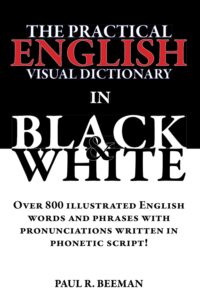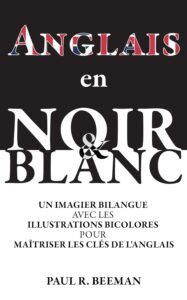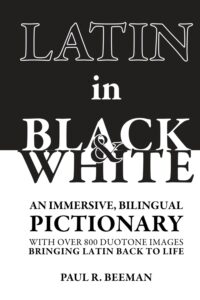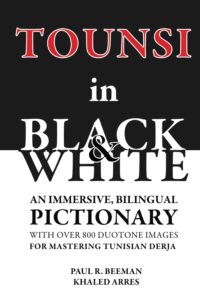Dictionaries
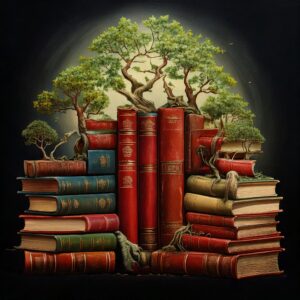
Dictionaries have been indispensable tools for language learners for centuries. Initially, they were simple lists of words with their meanings, often focusing on difficult or foreign terms. These early dictionaries helped learners understand new vocabulary and improve their reading comprehension.
Over time, dictionaries evolved, becoming more comprehensive and user-friendly. They began to include pronunciation guides, etymologies, and examples of usage. This made them even more valuable for language learners, providing a deeper understanding of words and their nuances.
However, traditional dictionaries primarily focus on written language, which can be challenging for some learners. This is where visual dictionaries come in.
What are Visual Dictionaries?

Visual dictionaries take a different approach. They use images to illustrate the meaning of words, making them more accessible and engaging, especially for visual learners and those new to a language. Instead of just reading a definition, learners can see a picture of the object or concept being described, which can significantly improve comprehension and retention.
Why did Language Learning Communities Develop Visual Dictionaries?
Language learning communities recognized the limitations of traditional dictionaries and the potential of visual aids. They developed visual dictionaries to:
- Make language learning more accessible: Visual dictionaries cater to different learning styles and can be particularly helpful for learners who struggle with abstract concepts or written definitions.
- Enhance vocabulary acquisition: Images can create a stronger connection between words and their meanings, making it easier for learners to remember new vocabulary.
- Improve comprehension: Visuals can provide context and clarify the meaning of words, especially those with multiple meanings or subtle differences.
- Increase engagement: Visual dictionaries can make language learning more fun and interactive, motivating learners to explore and discover new words.
Our Visual Dictionaries
- English in Black and WhitePractical English in Black and White By Paul R. Beeman A Dictionary for beginning English language learners of all ages. Each entry features a bold, easy-to-read word or phrase, accompanied by a phonetic transcription to help with pronunciation. For verbs, the past tense is also included, providing a quick and easy way to grasp basic grammar. The black and white illustrations offer inclusive representations, ensuring everyone feels seen and understood. Key Features Nouns: People, places, and things. Verbs: Action words and their past tense. Descriptions: Adjectives and… Read more: English in Black and White
- English in Black and White (French)Anglais en Noir et Blanc By Paul R. Beeman This black and white visual dictionary contains over 800 illustrated nouns, verbs, descriptions, and expressions. Designed for language learners, this picture dictionary is the perfect companion for anyone wishing to enrich their English vocabulary. With English words in bold and French translations in a finer font, it facilitates the understanding and learning of essential words. Dive into this simple and effective visual tool to master the basics of English. Key Features Why Choose This Dictionary?… Read more: English in Black and White (French)
- Latin in Black and WhiteLatin in Black and White By Paul R. Beeman The book that brings Latin back to life! Designed for learners of all levels, this book features over 800 detailed black and white illustrations that bring the ancient language to life. Whether you’re just starting out or looking to expand your vocabulary, this visual dictionary offers a fresh, intuitive way to master Latin words and expressions through clear, engaging images. Key Features Why Choose This Dictionary? More than just a learning tool, this book offers… Read more: Latin in Black and White
- Tounsi in Black and WhiteTounsi in Black and White By Paul R. Beeman & Khaled Arres A visual dictionary designed for learners of Tunisian Derja. This unique language resource simplifies the learning process by presenting over 860 essential words and phrases through simple black and white illustrations and clear Latin script, making it accessible for English-speaking learners. Tunisian Derja is an oral language blending Arabic, Berber, Turkish, Italian, and French thus reflecting Tunisia’s rich cultural heritage. While it shares commonalities with standard Arabic, its distinct pronunciation and vocabulary… Read more: Tounsi in Black and White
